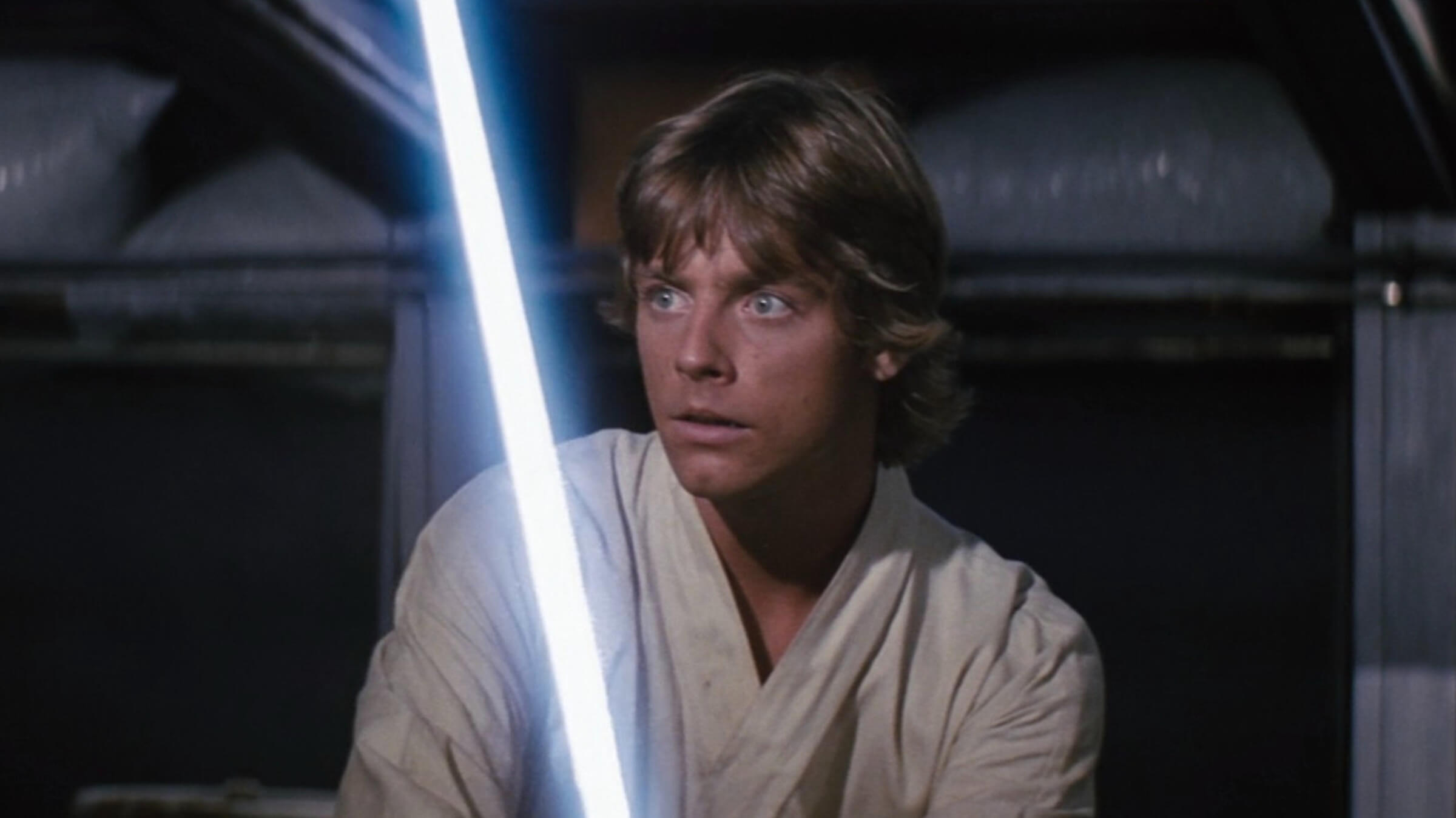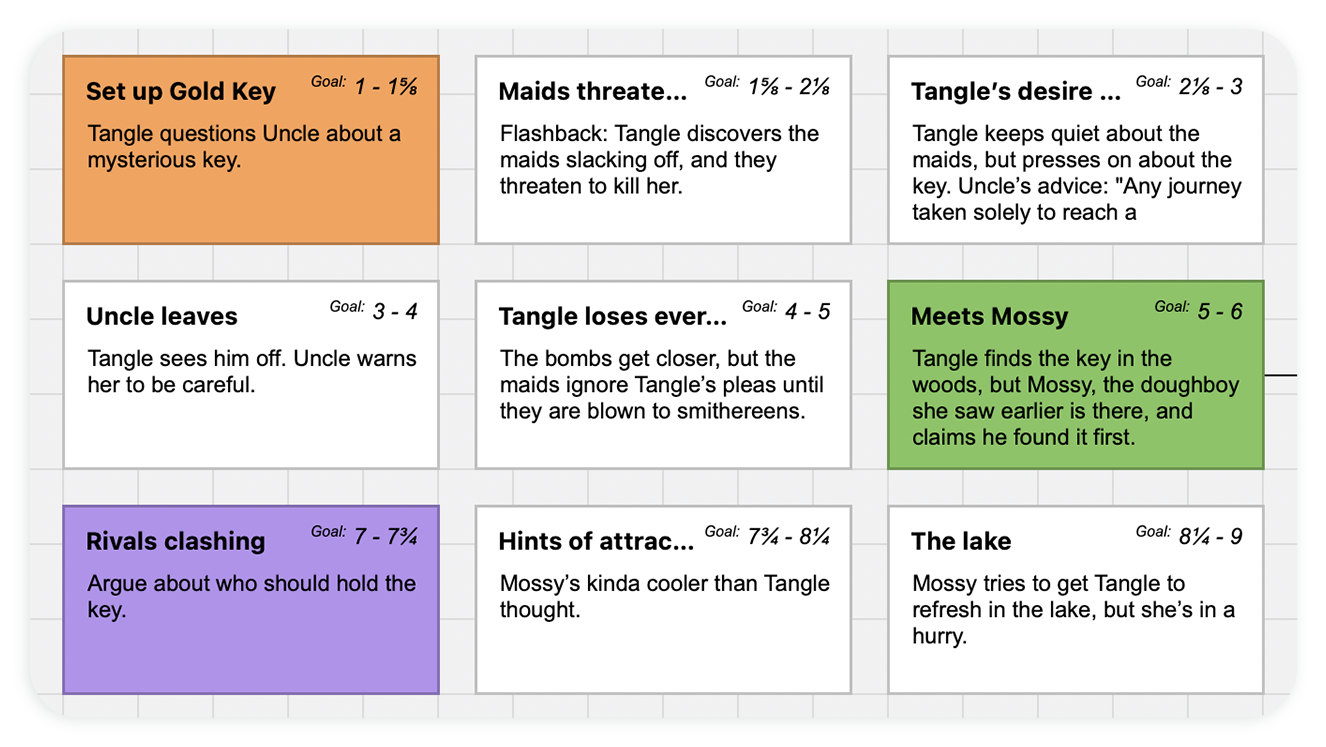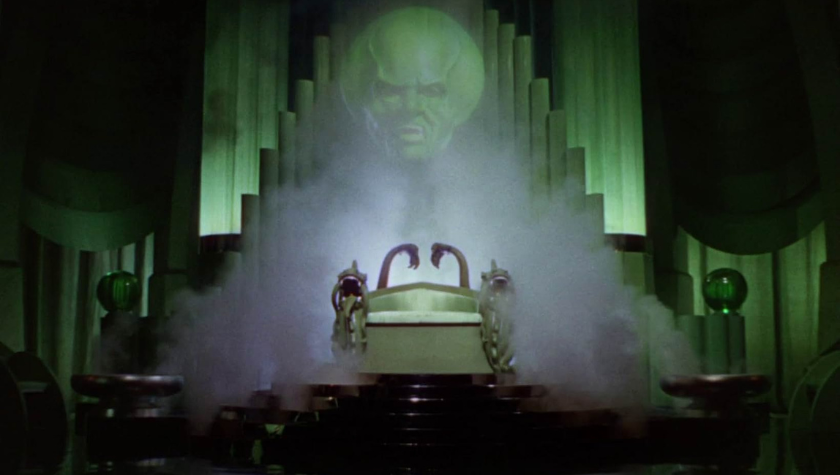Scriptwriting Fundamentals: Learning the basics
April 18, 2022
Scriptwriting has been my life for 25+ years. It is both unbelievably complicated, as my decades-long quest to become a better writer attests, and at the same time simple. Why? Because there are fundamentals that are simple to understand and easy to accomplish. You can get started writing in no time at all.
THE GOOD NEWS
The first bit of good news is that scriptwriting is simply telling a story and everyone can tell a story — we do it naturally from the time we’re young. Telling a compelling story in a particular format or in a particular manner is more difficult, but with some guidance, anyone can learn how to write a script. I know this is true from teaching scriptwriting for over two decades.
Another piece of that good news is that you don’t need to know a single thing about camera directions. In fact, putting camera directions in a script is considered a no-no, unless, perhaps you’re also directing the movie. But even then, remember that a script is written to be read; writing it with intrusive camera directions slows it down and may get you into trouble because you’re trying to tell an engaging story to sell, not convince someone that you’re a great director.
FORMAT
Scripts have a specific format that you have to learn and understand. Thankfully, Final Draft has honed the use of that format to a fine point and provided a ton of support tools to help you along the way. Using Final Draft, I teach my students everything they need to know about how to format a script in about fifteen minutes in the first class of the semester — and they never have any issues beyond that.
It really comes down to only four-to-five elements:
SLUGLINE (Scene Heading):
-
- INT. or EXT. (interior or exterior)
- Location
- Day or night
INT. CAR - DAY is a scene heading.
NARRATIVE (Action):
Tom moves into the room wary of what he might find. He notices the window is open and crosses over to close it. Sees Benny sneaking around outside.
CHARACTER NAMES and DIALOGUE:
MARY
You're not my friend anymore.
Final Draft has shortcuts for all of these and a few more. Easy peasy to learn and use.
There are many tutorials available from Final Draft on how to do any of this, and there’s even a built-in sample script to help you.
A GROCERY LIST
To me, writing any script is like making a list of items I need to accomplish, especially in Act I where everything is introduced. In keeping with the grocery list analogy, I may see other items I want while shopping and add them to my cart, or I may not find the exact item on my list and have to change the item to fit the market I’m in — but all of that is fine. Many things change in a script all through the process of writing as you discover more about your story and characters. The list is really guidance, not absolutes.
Film has something called tentpoles that connect your story and that’s part of your list. The tentpoles give you story points where a character does or accomplishes certain things. You move from one tentpole to the next while telling your story.
Entire books have been written on structure and tentpoles, but at its core, the tentpoles are milestones that delineate the three acts. The three-act structure is also recognized in literature, radio, novels — any story medium really. It’s a powerful and simple-to-understand concept that gets your story roughly outlined so that you can start to set the tentpoles and fill in the connecting tissue.
THE ACTS
Acts are used in film and TV because in order to deliver a compelling story you need pacing, and pacing depends on structure. Act I, II, and III is the standard structure. Each act ends on a tentpole and begins on a tentpole.
-
- Act I: Introduce everything like characters, plot, etc.
- Act II: Begin the main character’s focused involvement in the story.
- Act III: Resolve the storyline.
This goes for 1-hr TV dramas, 2-hr movies, or 30-minute sitcom episodes. All use this basic structure to deliver the story.
Breaking a story into acts that accomplish different things keeps the narrative thread (story) flowing with good results. Some people rail against this structure, but it’s still the easiest and most effective way to tell a story for the screen.
Being The Ricardos, Aaron Sorkin’s latest movie, may appear to defy this structure with all its jumping timelines, but a bit of drilling down shows he is in fact using it too, just also adding in other non-linear elements to punctuate the main storyline. If I unraveled the film and put all the flashbacks in linear order with the main storyline, we’d have a standard story structure of Lucy and Desi’s life.
Bottom line: learning this structure is easy to do and gives a high probability to script success.
PAGE COUNT
Because the nature of a script is something to be made into a movie or series episode, scripts have only a certain amount of pages to tell any story. Movies are of finite length; TV/streaming episodes are also. And all adhere to accepted industry standards. A book can be thousands of pages without issue, but scripts have a minimum and maximum length of pages.
It's widely accepted that one script page equals approximately one minute of screen time. A two-hour movie is 105-110 pages. If anything you’re writing has commercials, like the one-hour network drama Blue Bloods, it's 45-50 pages (broken into acts) which leaves room for commercials that fill up the 60-minute time slot. Sitcoms like Blackish are about 23 minutes with commercials making up the rest of the 30 minutes; so the script will not be more than 20-25 pages.
CHARACTERS
Act I is where your main characters and many more elements are introduced. This helps the audience (or reader) understand who and what they’ll be following.
“Kiss the baby, kick the dog” is a bit of a rude, old-school way to say you need to introduce characters to your audience in such a way as to polarize that audience for the protagonist and against the antagonist. Al Capone blows up a tavern with a 12-yr-old girl inside in The Untouchables. Really nasty person. Some overt good is good and bad is bad examples: Snow White, Luna Lovegood, Darth Vader, Hannibal Lector, and Thanos.
But also keep in mind that protagonists can be flawed and antagonists can love their mothers; in other words, be shaded. Richard Williams from King Richard is a more complex protagonist and we might not always like him. That’s fine. It’s still shown that he’s fiercely protective of his daughters and loves them with an unrelenting passion only really wanting the best for his family. This is established early on when he confronts a group of gang bangers who are harassing one of the girls and is confirmed all through the movie as he puts his “45-page life plan” for Venus and Serena into operation.
Supporting characters are also important. Usually, the protagonist has to go through several layers to get to the main baddie. A wise creative director once told me to create an evil ‘lieutenant’ character that my protagonist has to defeat first before getting to Mr. Big. The buildup made for great drama and anticipation and I’ve used her advice for years.
Where would any superhero be without their sidekicks? How much less effective would Star-Lord be without Drax or Gamora? In fact, Gamora serves multiple roles in the Guardians of the Galaxy films. She’s a fierce warrior and a love interest for Chris Pratt’s character. Tony Soprano’s crew gets him into and out of trouble and he wouldn’t roll without them.
Wives, mothers, brothers, pals, children, hench(wo)men, etc. All form various elements of a main character’s life; protagonist or antagonist. In many ways, they can reflect specific aspects of the main characters good or bad.
PLOT/PLOT ENGINES
Plot is a bit misunderstood. That’s why I included Plot Engines. In almost any genre-based script, usually, the plots are simple: cure illness, find the killer, defend or prosecute someone; but many of those have tremendously different approaches.
Cleaver Greene is an Aussie criminal defense barrister in Rake who is unlike just about any other lawyer you’ve seen. While the general taste of this might be familiar, law-based comedy-drama, Cleve is normally fighting both the prosecution and himself. Liberal parts of any storyline involve his hilarious self-destructive ways so, at times, the law portion takes a back seat. Goliath also has an attorney at its core, but one who fights only large corporate entities. He’s also self-destructive and we see a lot of this interwoven in the episodes. The plots here are both about legal aspects and the personal ones and each feeds into the other.
Doctors range from the wholly fascinating but unlikable Gregory House (House, M.D.) to McDreamy in Grey’s Anatomy. Detectives can be the disarming, seemingly goofy Colombo or the no-nonsense Sherlock Holmes. The stories involving these people are familiar and similar, but only to an extent.
While the plots of these genre-based movies and TV episodes might be evident — cure, defend, investigate — they are not wholly that because of the unique characters' heavy influence on the story.
So, what’s a Plot Engine then? As mentioned, genre films have built-in plot types. Romantic comedies and dramas may have a plot, but they a lot of times don’t have a way forward to easily tell those stories.
What’s the purpose of a romantic comedy? To have the characters fall in love, right? But that’s 90-110 minutes of repeating the same date scenes unless you also have something to propel the story and keep it interesting. In other words, a plot engine is a storyline that allows you to engage the characters in such a way that we believe they’ve fallen in love after just meeting in Act I. Road trips, for example, are great plot engines because the trip itself forms the plot engine.
Dramas by their very nature have issues with plot engines. The Fault In Our Stars solves this by using a trip to Amsterdam, and the romance between two ill teens as the framework. Chemical Hearts is basically a romance but there’s also a mystery built into the story.
The Crown covers Queen Elizabeth from 1947 to December 1990. Since that’s a scope of five-plus decades, there are a lot of event-driven storylines like her father’s death, her marriage, coronation, world events, etc. However, there are also many episodes that don’t dovetail into a major event and these are driven by the sometimes contentious relationships of the Royal Family. The storyline is always moving forward using the pressures of the monarchy itself which always impacts Elizabeth’s life both as Queen and as wife, sister, mother, etc. This then is the plot engine that keeps the seasons going strong.
Without these frameworks, these plot engines, we would have a much less compelling story. Sometimes, this is called a flatline plot and Hollywood just doesn’t make many of those — if at all.
STAKES
Stakes are why we care about a story or characters.
Stakes shake our main characters out of their comfortable lives and force them into action. Whatever is at stake has to be a stronger incentive than staying in place. That’s why stakes are normally ‘deadly’ and come with a ticking clock.
In Attack the Block, the teens are all that stands between London and an alien invasion. They have to defend their turf against these ravaging extraterrestrials. Stakes are indeed life and death for them, but also for the planet.
No James Bond movie has anything less than some sort of world domination. For Bond, he needs to find and defeat the bad guy before their dastardly plan is carried out.
In film and TV, the bad guy is normally far ahead in their plans to wreak havoc before the protagonist gets involved, and only a few missing pieces need to be brought in — that’s a ticking clock. For example, in Raiders of the Lost Ark, Indiana Jones must find the Ark of the Covenant before the Nazis do and use it as a superweapon. That’s not only deadly stakes but there’s a great ticking clock attached since the Nazis are already digging in the Lost City of Tanis and it’s only a matter of a short time before they find the Ark. Tick, tick…
Stakes define our storyline and create suspense. If I give my protagonist a year to fix something it’s not a big deal. But if they have only 72 hours….? Much different story.
A LITTLE MORE ON THE ACTS
As mentioned earlier, Act I is all set up. Characters, plot, plot engine, stakes…these elements are put into place in Act I. That grocery list analogy really strongly applies here as you introduce all the basic elements of the story.
But once the character gets focused and starts the adventure, Act II begins. It is the main part of the story. This is where a lot of scripts run into trouble because it’s a good amount of pages as opposed to Act I or Act III.
To solve Act II you need to work out your tentpoles, those places to write to that connect all your story elements and acts. A quick and solid reference is Syd Field’s books on structure where he details Plot points, Pinches, and Midpoint. Each plot point ends and starts a new act and midpoint is a high point.
Act III resolves the story usually with the character discovering something about themselves. This is a catharsis. At the end of Frozen River, Ray abandons her egoistic quest for a double-wide trailer in order to give Lila Littlewolf her life back, and also a home to raise their sons. This is not something she would have done in the beginning of the film. She sacrifices for a greater good, something not for herself, not born from ego.
In many ways, Act III, the ending, is the most important part of any script because although you may do a bang-up job of writing the adventure while promising everything, delivering on those promises, making Act III inevitable and not predictable, is difficult and it’s key.
I tell my students to mess up anything except the ending because that’s the last impression an audience (or reader) has of your work and it better work.
Promise a lot, deliver more.
CONCLUSION
Writing a script is a grocery list of things to accomplish in three acts over a certain number of pages. These elements are limited in scope and can easily be learned. There are more elements to writing a script, but getting started is simply a matter of coming up with a concept and characters. We’ve all seen enough movies and television to get a sense of how this all works even if we’ve never written anything before.
Deeper subjects like theme, sub-textual dialogue, misdirection, scene weight, enlightened narrative, and more can take some time to accomplish, but no one who learns any craft — music, carpentry, gymnastics, directing — starts as a master so respecting the process and embracing patience are important.
A workshop or class is essential to any writer. Getting feedback, listening to others being critiqued, is essential. Bit by bit you gain skills and knowledge. One of my martial arts instructors used to say there are three levels: primitive, mechanical, and spontaneous. We all start at the primitive level and work to become spontaneous. It’s a process.
The good news is that the bones of any screenplay can be absorbed and understood in a short period of time and then you can pour that cup of coffee, hunker down, fire up Final Draft, and hone your craft.
Happy writing!
Written by: Mark Sevi
Mark Sevi is a professional screenwriter, screenwriting teacher, and podcaster. He is the founder of the Orange County Screenwriters Association.- Topics:
- Industry Interviews & Spotlights




